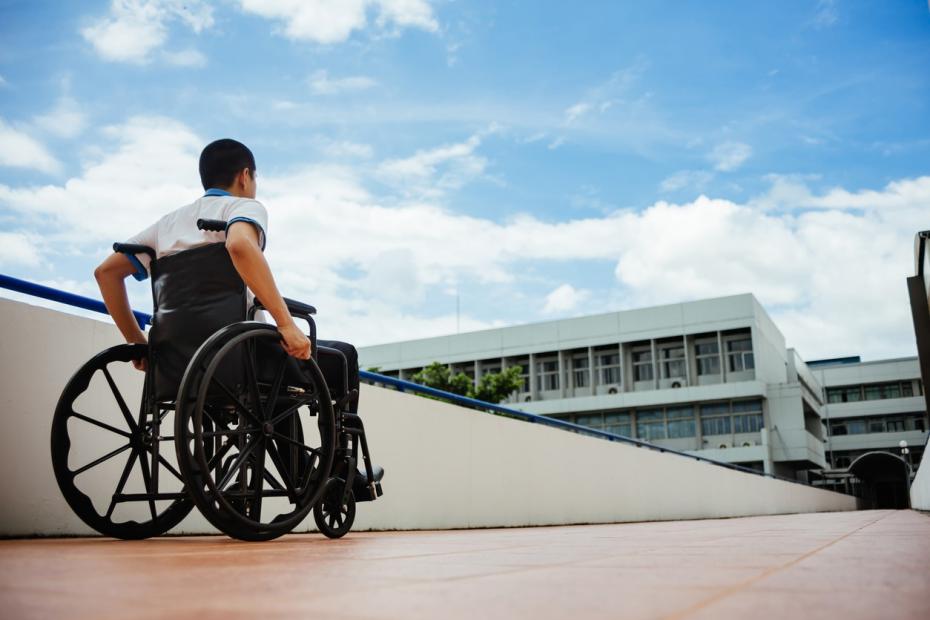
For diverse communities to thrive, we need intersectional policies and practices
Key Details
This video will cover:
01:18 Acknowledging privilege
02:03 Make space at the “big table”
02:56 Applying a dis/ability critical race studies lens
Transcript
My name is Inna Stepaniuk. I am an assistant professor in the Faculty of Education at Simon Fraser University in British Columbia, Canada. My research explores the nexus between educational policies, practices and commitments to inclusivity and equity.
How often do you encounter a student, faculty or staff member who identifies as disabled and is also black, indigenous or a person of colour (BIPOC) on campus? I would argue that we do not encounter them that often, and it’s not because they are missing from our communities – it’s because black, indigenous and persons of colour who identify as disabled find it difficult to apply and stay in an institution that was not designed with their bodies and ways of being in mind. So, if we are truly up for equity, diversity and inclusion (EDI), then we need to walk the EDI walk. There are several ways to make a campus equitable and inclusive.
Number one is to acknowledge the privileges that we have and use them to advocate with and for historically marginalised communities. For example, being a white, settler, able-bodied faculty member, I use research projects to establish additional financial and learning opportunities for the students who live at the intersection of race and disability. To examine budgets and redistribute resources based on the circumstances that individuals had to overcome to get where they are is another example of using privileges as tools to build an inclusive and equitable campus.
Number two is to make space at the so-called, in quotation marks, “big table” for BIPOC with disabilities and listen to what they have to say about campus structures, policies and practices. It means to re-examine the campus committees and determine whose voices were left out. However, to have representation at the big table is not enough. To ensure the voices of black, indigenous and persons of colour who identify as disabled are included in decision-making, it is equally important to establish the mechanisms that show how decisions are made. Transparency in decision-making at all levels is the key.
And, finally, number three is to apply the DisCrit or dis/ability critical race studies lens in everything we do on campus. DisCrit offers analytical tools to start asking difficult questions and bring to the surface racism and ableism that have been historically hidden. It expands our understanding of race and disability and ways in which they intersect and are co-constructed. The framework recognises multidimensional identities and rejects the single-axis lenses that many organisations have utilised for a very long time. It challenges faculty and staff to interrogate taken-for-granted campus policies and practices.
For example, university structures that allow tracking and sorting of students into ableist categories and programme areas must be disrupted. One way to accomplish this is to review the criteria that are used to assess human performance.
The one-size-fits-all approach still dominates on campus, as often university policies are not designed by people whom those policies aim to serve. Who benefits from campus structures, its policies and practices? And why are there not that many students, faculty and staff who live at the intersection of race and disability that can be found on a university campus? Those are the critical questions that higher education institutions need to be asking themselves.
Inna Stepaniuk is an assistant professor in the Faculty of Education at Simon Fraser University, Canada.
If you would like advice and insight from academics and university staff delivered direct to your inbox each week, sign up for the Campus newsletter.
Additional Links
For more resources on this topic, see our spotlight on how universities can boost staff diversity.


